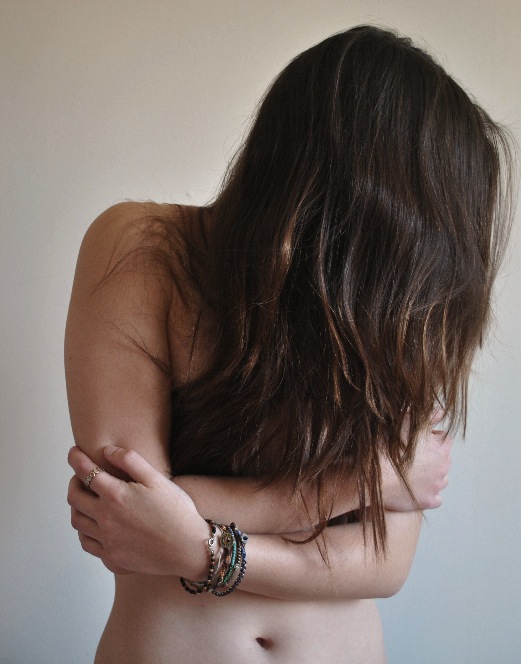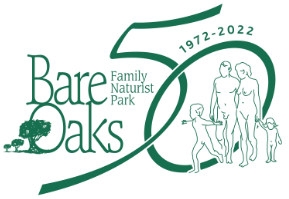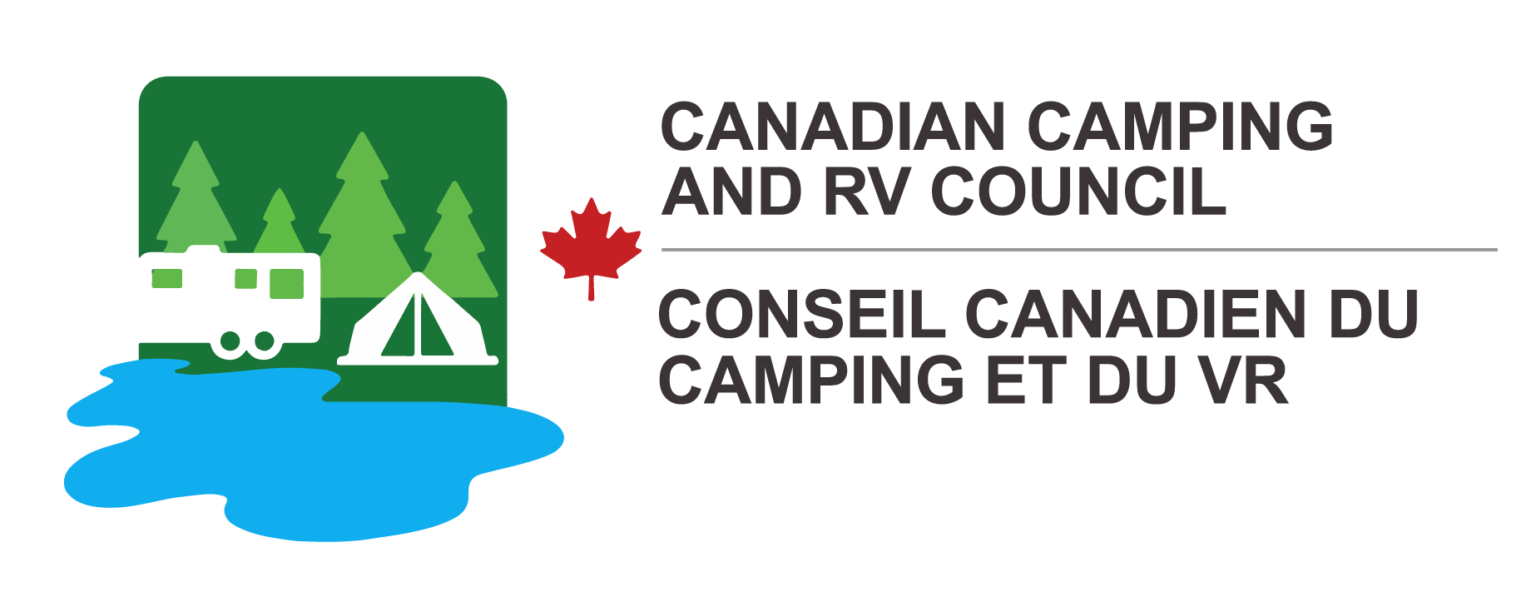 Most people in North American society appear to suffer from a phobia of nudity – either their own or of seeing that of others. The problem with this fear is that is leads people to be uncomfortable with their own bodies. It results in them being ashamed, embarrassed, and even offended by their own image. The emotional reaction can negatively impact self-esteem and self-confidence.
Most people in North American society appear to suffer from a phobia of nudity – either their own or of seeing that of others. The problem with this fear is that is leads people to be uncomfortable with their own bodies. It results in them being ashamed, embarrassed, and even offended by their own image. The emotional reaction can negatively impact self-esteem and self-confidence.
Fear of nudity has an official name – Gymnophobia.
MedTerms Medical Dictionary
Gymnophobia: An abnormal and persistent fear of nudity. Sufferers of this phobia experience undue anxiety even though they realize their fear is irrational. They may worry about seeing others naked or being seen naked, or both. Their fear may stem from anxiety about sexuality in general, from a fear that their bodies are physically inferior, or from a fear that their nakedness leaves their bodies–and their personalities–exposed and unprotected.
“Gymnophobia” is derived from the Greek “gymnos” (naked) and “phobos” (fear). The word “gymnasium” comes from the Greek “gymnasion” (a place for athletic exercises) and the Greek “gymnasein” (to train naked).
Sound familiar? This description is enough to conclude that most of the North American population suffers from some level of Gymnophobia.
But let’s look at a more detailled and official definition:
DSM-IV
The DSM-IV is the short name for the Diagnostic and Statistical Manual of Mental Disorders 4th edition published by the American Psychiatric Association. It is the standard classification of mental disorders used by mental health professionals.
Diagnostic criteria for 300.29
Specific Phobia
-
- Marked and persistent fear that is excessive or unreasonable, cued by the presence or anticipation of a specific object or situation (e.g., flying, heights, animals, receiving an injection, seeing blood).
- Exposure to the phobic stimulus almost invariably provokes an immediate anxiety response, which may take the form of a situationally bound or situationally predisposed Panic Attack. Note: In children, the anxiety may be expressed by crying, tantrums, freezing, or clinging.
- The person recognizes that the fear is excessive or unreasonable. Note: In children, this feature may be absent.
- The phobic situation(s) is avoided or else is endured with intense anxiety or distress.
- The avoidance, anxious anticipation, or distress in the feared situation(s) interferes significantly with the person’s normal routine, occupational (or academic) functioning, or social activities or relationships, or there is marked distress about having the phobia.
- In individuals under age 18 years, the duration is at least 6 months.
- The anxiety, Panic Attacks, or phobic avoidance associated with the specific object or situation are not better accounted for by another mental disorder, such as Obsessive-Compulsive Disorder (e.g., fear of dirt in someone with an obsession about contamination), Posttraumatic Stress Disorder (e.g., avoidance of stimuli associated with a severe stressor), Separation Anxiety Disorder (e.g., avoidance of school), Social Phobia (e.g., avoidance of social situations because of fear of embarrassment), Panic Disorder with Agoraphobia, or Agoraphobia Without History of Panic Disorder.
Here, the only exception is that most people don’t recognize “that the fear is excessive or unreasonable” because the phobia has become normalized by society. As a result, the fear of nudity is not one that “interferes significantly with the person’s normal routine, occupational (or academic) functioning, or social activities or relationships” because gymnophobia is institutionalized. We design our architecture to  compensate for this phobia. (e.g. separate change rooms, shower cubicles, dressing rooms in stores, etc…) We have created a whole set of rituals and culture around this phobia. We teach our children about “private parts” and “modesty”. We treat nudity as “dirty” in order to justify the phobia. Thanks to the TV show Seinfeld, the concepts of “good naked and bad naked” have entered popular culture – although we always had a version of it. (it’s OK for attractive young women to be naked for the pleasure of others) We talk about nudity being a “personal thing” to be kept for those intimate moments with our partners. All of these traditions are very well constructed to justify the phobia and to prevent people from having to deal with it.
compensate for this phobia. (e.g. separate change rooms, shower cubicles, dressing rooms in stores, etc…) We have created a whole set of rituals and culture around this phobia. We teach our children about “private parts” and “modesty”. We treat nudity as “dirty” in order to justify the phobia. Thanks to the TV show Seinfeld, the concepts of “good naked and bad naked” have entered popular culture – although we always had a version of it. (it’s OK for attractive young women to be naked for the pleasure of others) We talk about nudity being a “personal thing” to be kept for those intimate moments with our partners. All of these traditions are very well constructed to justify the phobia and to prevent people from having to deal with it.
From a very young age, children are indoctrinated into these rituals and attitudes toward the human body. There is no such thing as natural body shame. Even if parents do their best not to impart body shame, the rest of society, through customs, peer pressure, and media, will more than compensate for their efforts. Over time, the messages of fear and shame lead to the development of an instinctual, emotional reaction to nudity.
Further evidence of gymnophobia is that people often feel anxiety at the mere thought of being nude. They don’t actually have to do it – they just have to think about it. Just talking about it can cause people to feel embarrassment. Have you ever noticed that discussing nudity causes people to react emotionally? Some just turn red and giggle. Others react with disgust or anger to justify their emotion.
If we take the example of another well-known phobia, claustrophobia (the fear of enclosed spaces) and compare it to gymnophobia it is easier to see the similarities. For example, a person might say “I’m not comfortable being in elevators, I prefer to take the stairs” and most of us would recognize that as an irrational fear. However, if the same person visits a clothing-optional beach and says “I’m not comfortable swimming naked, I prefer to wear a bathing suit” it now seems like a normal reaction. Yet there’s no rational reason to wear a bathing suit.
Strangely enough, the mainstream world accuses naturists of being obsesed with nudity. Yet most naturists are dressed most of the time. It is the “normal” people who can’t make the choice. Their view of the nudity and the human body may be normal but it is definitely not natural or rational.
Phobias can be treated. Of course, before a person seeks treatment they must realize that there is a problem. The American Psychiatric Association says “A phobia that interferes with daily living can create extreme disability and should be treated.” Since most of the world accepts gymnophobia as normal it doesn’t seem to interfere with daily life. Thus very few believe that there is any need for treatment.
Most phobia therapies can be summarized with these strategies:
-
- Desensitization to the phobic stimuli (ironically sometimes called “exposure therapy”)
- Progression in slow, small steps
- Association with relaxation & reward
- In some extreme cases, medication is prescribed to reduce the level of anxiety
So for gymnophobia, regular visits to a naturist environment could be considered theraphy! While it might make you a healthier person, try to claim that on your health insurance plan.
From the Bare Oaks Family Naturist Park webpage.
“Body Shame” photo by Djuliet (Creative Commons License)
“Indecent” photo by Lora Mathis (used with permission)










